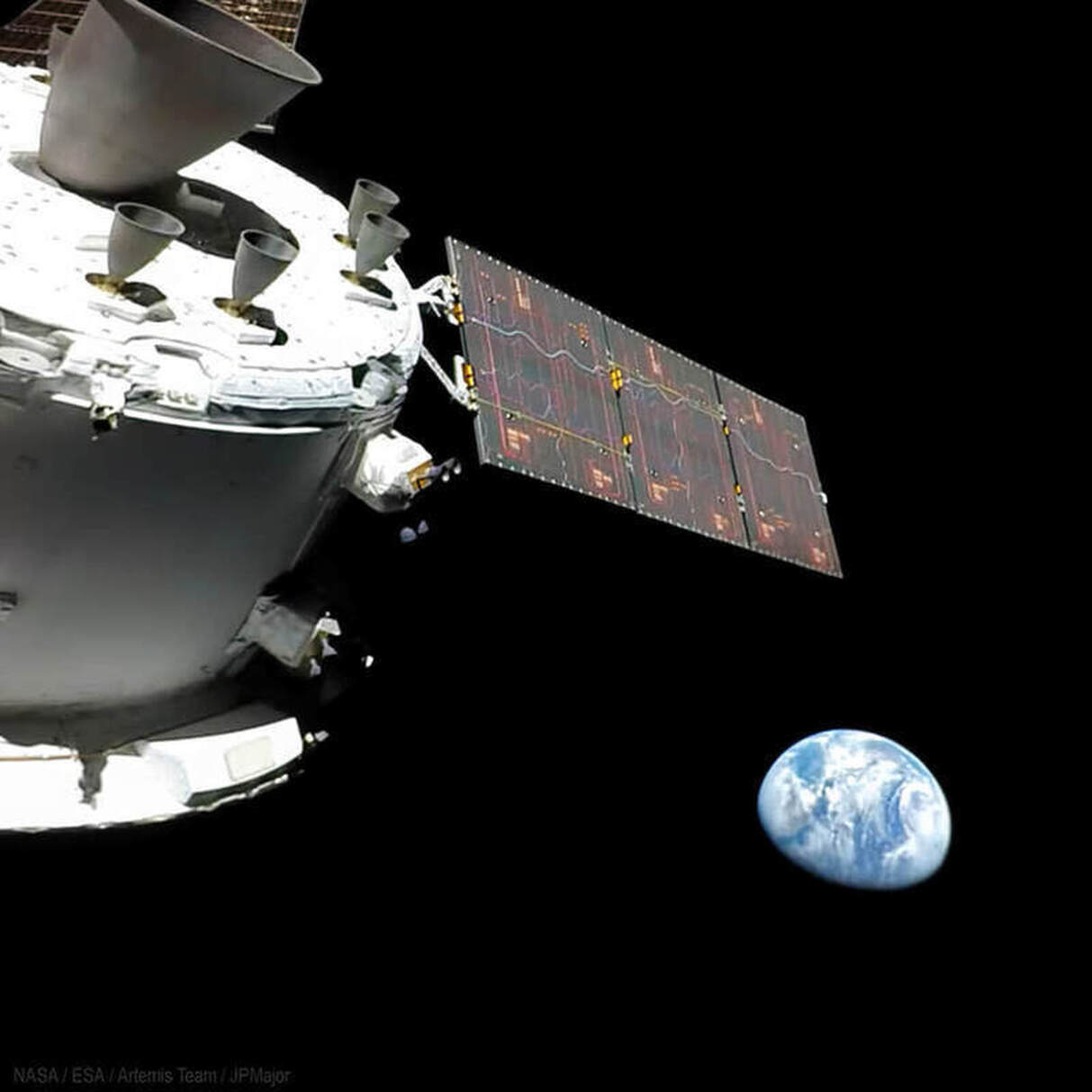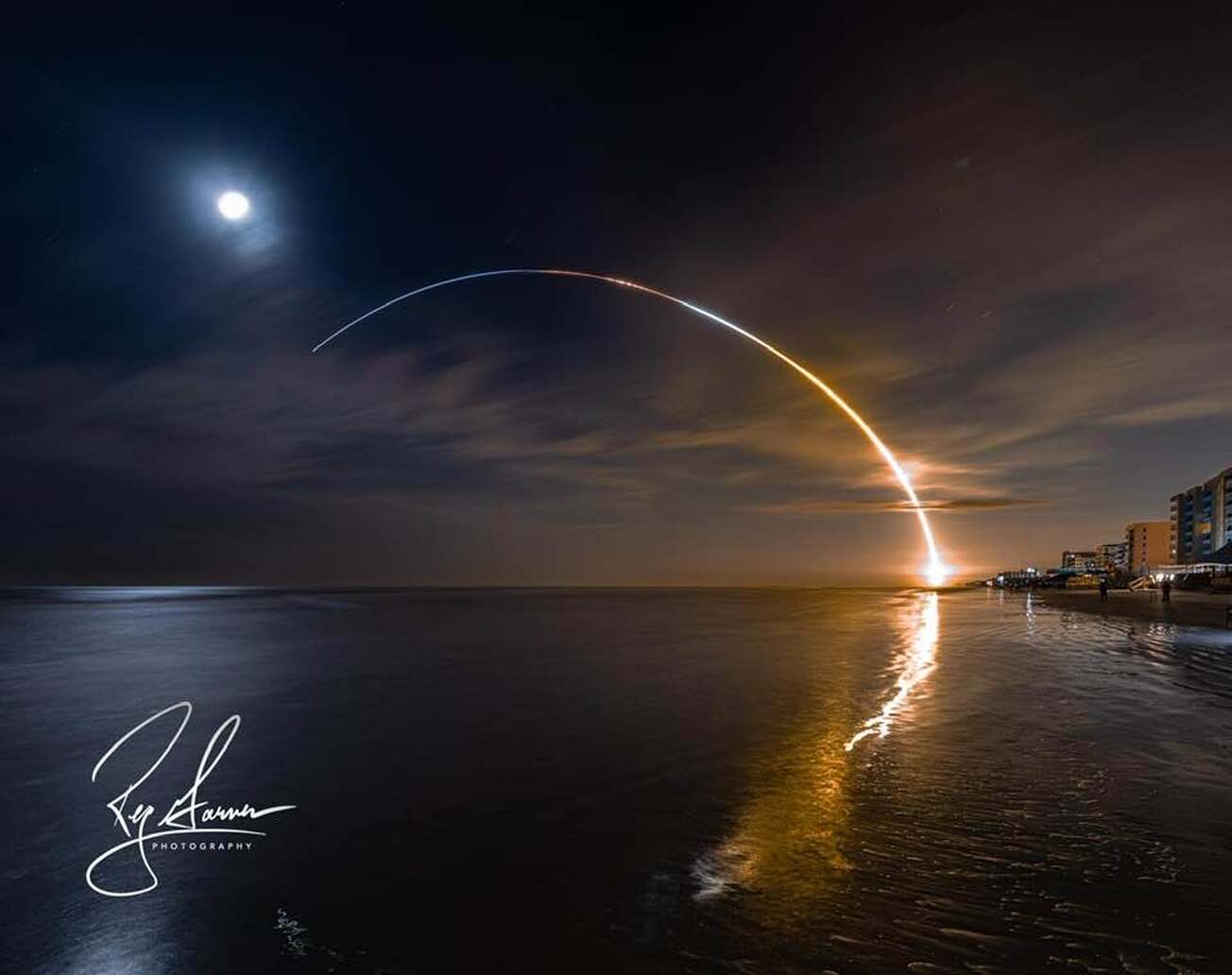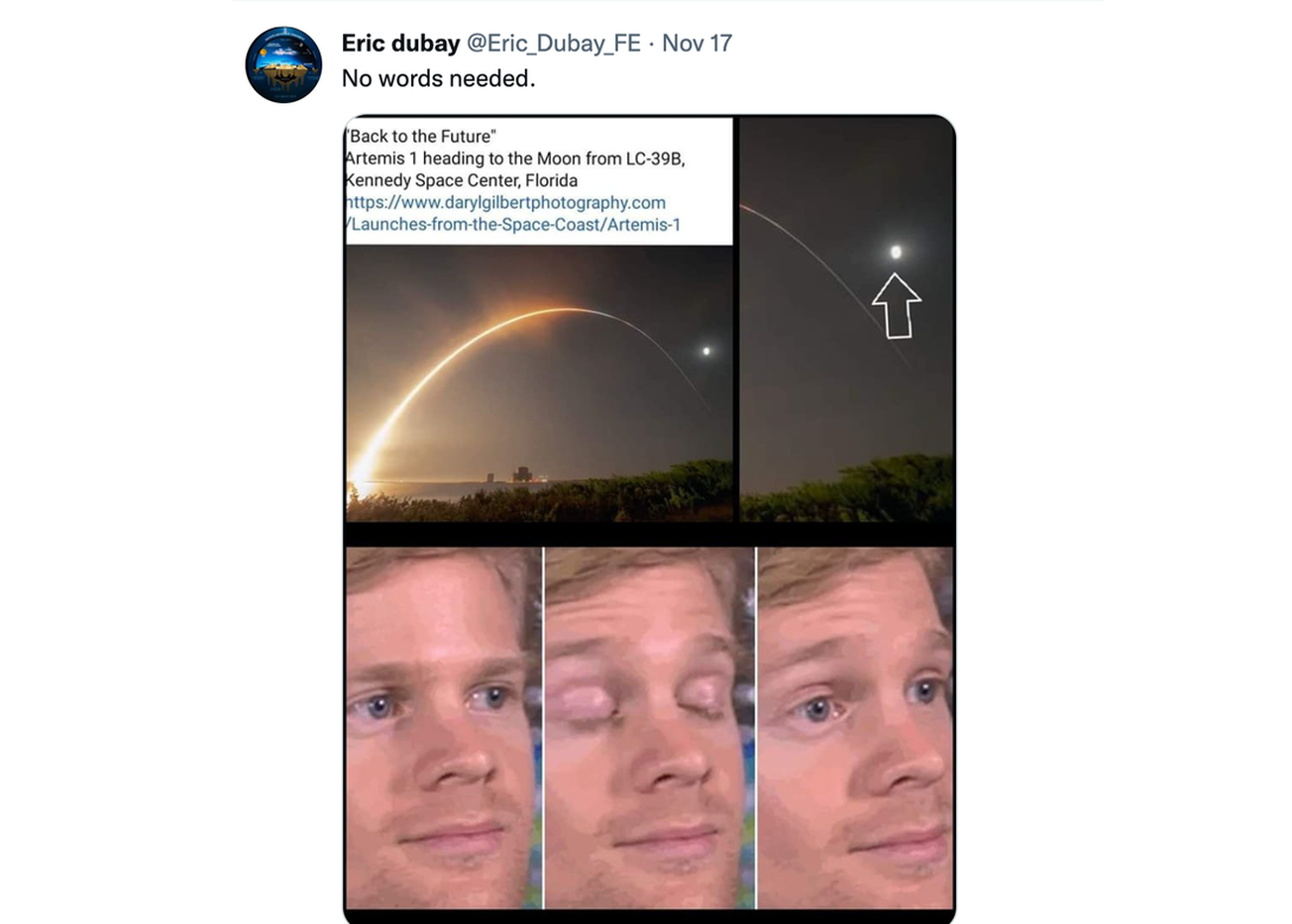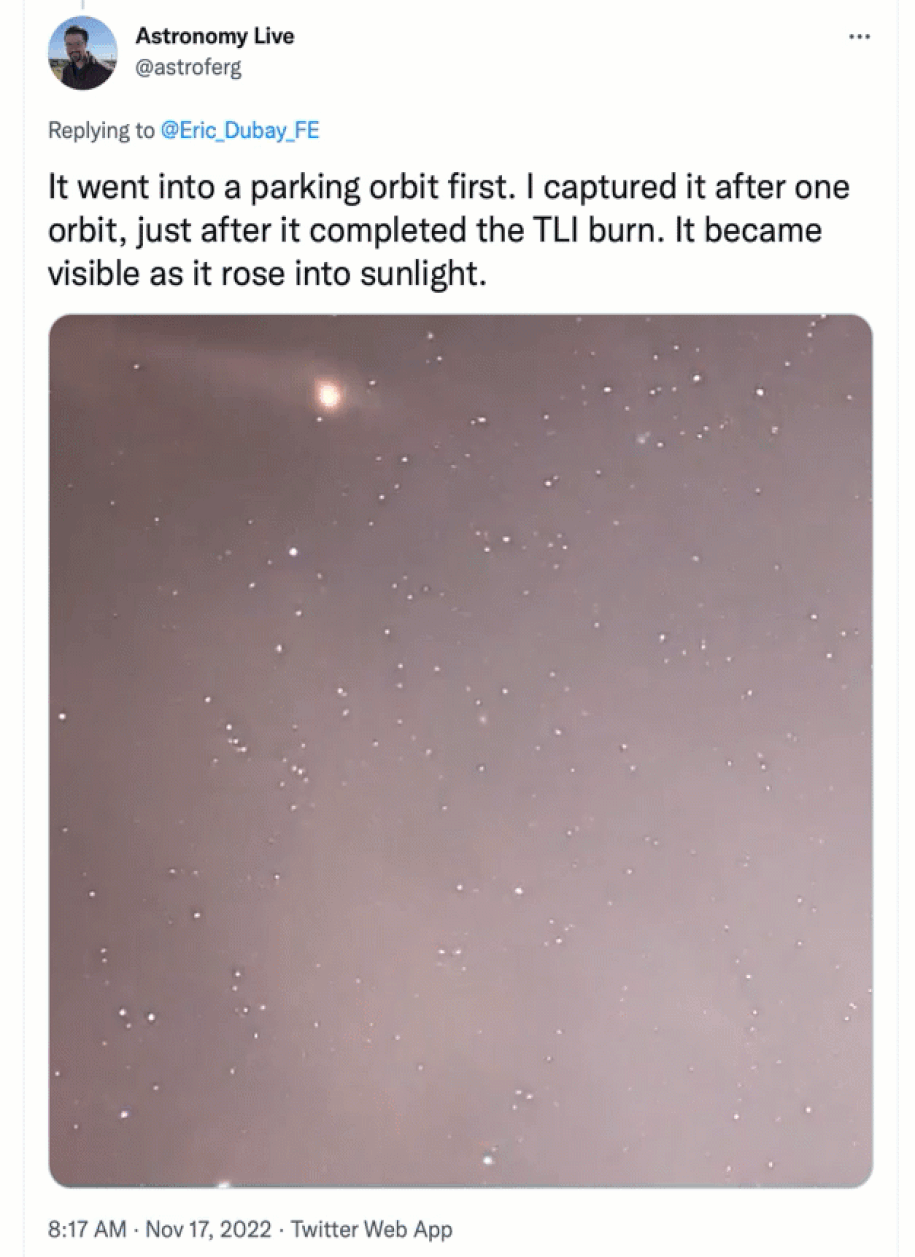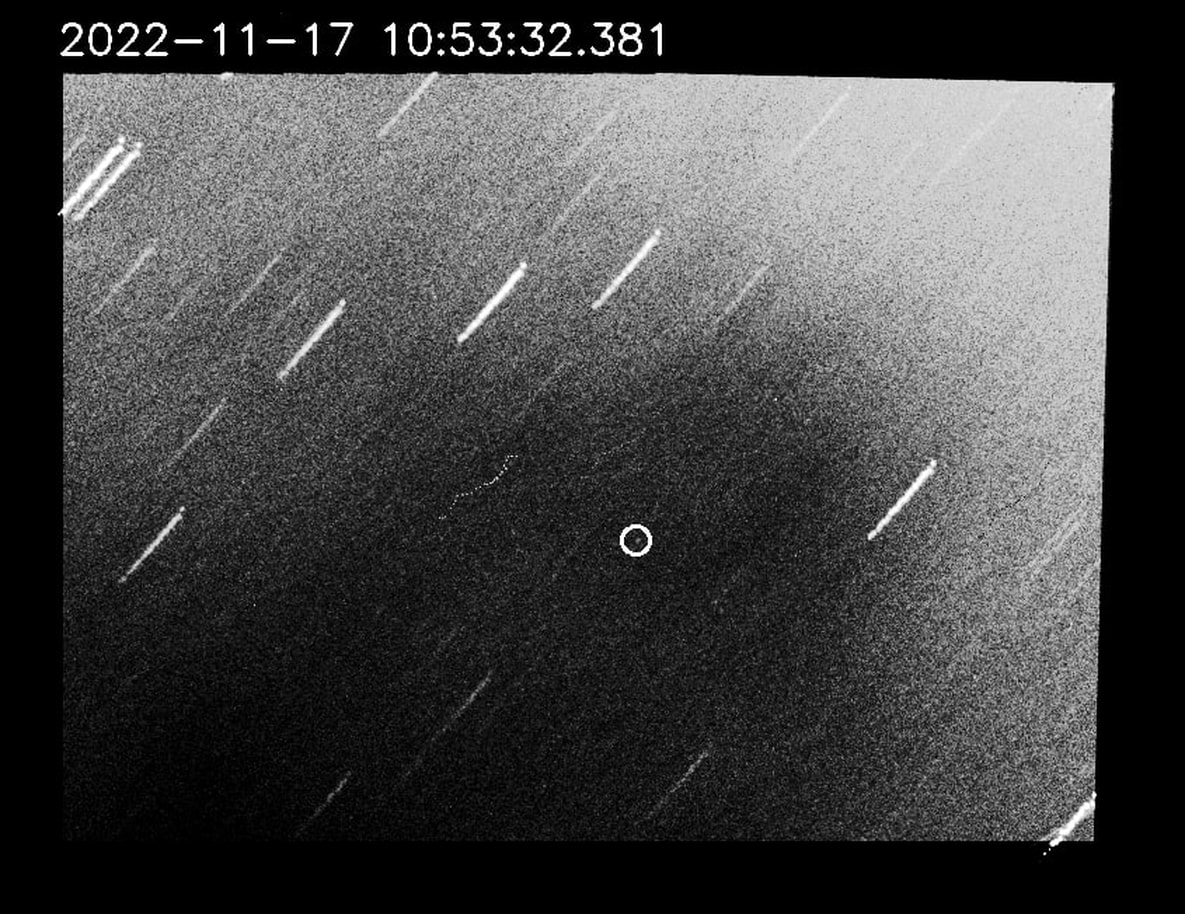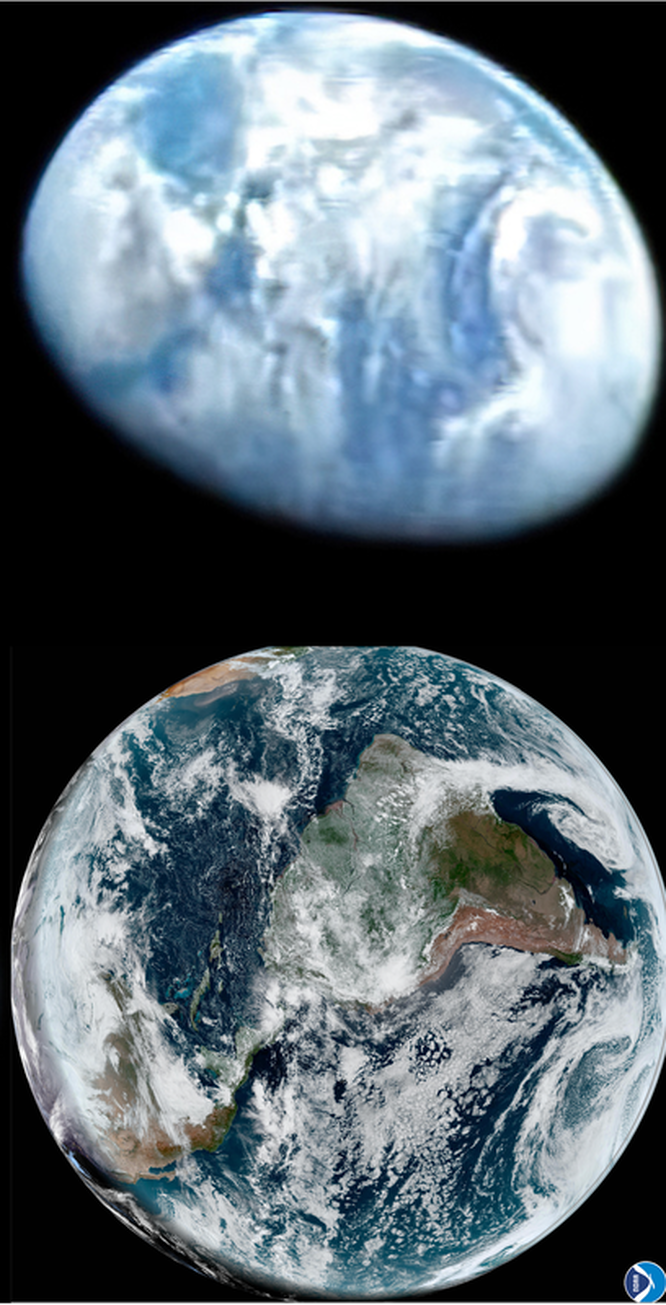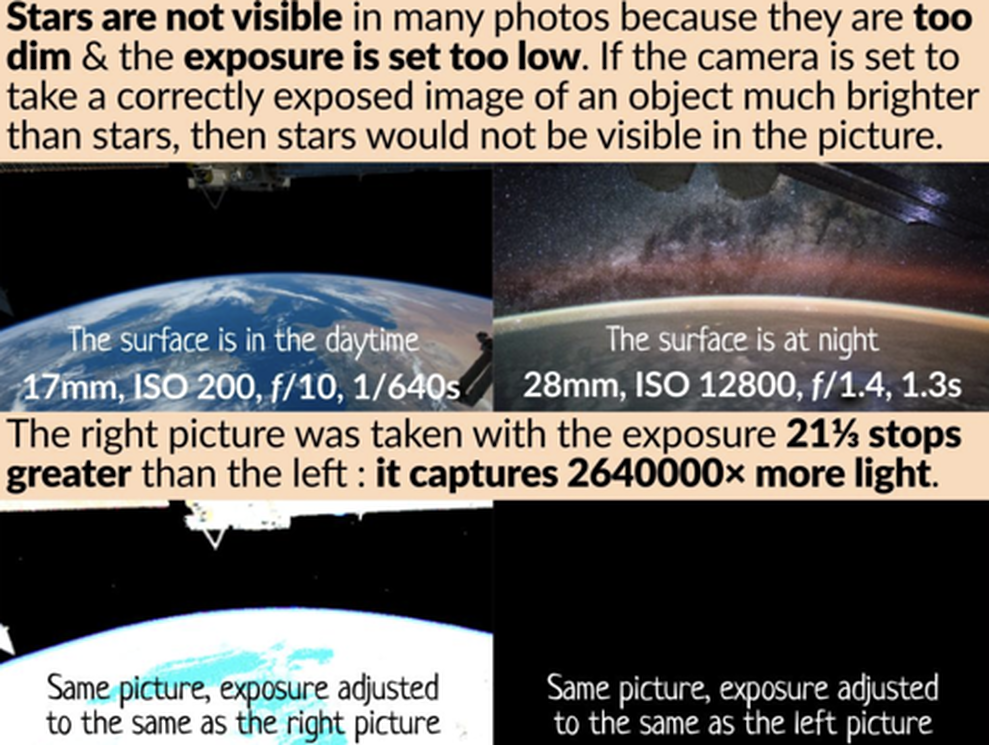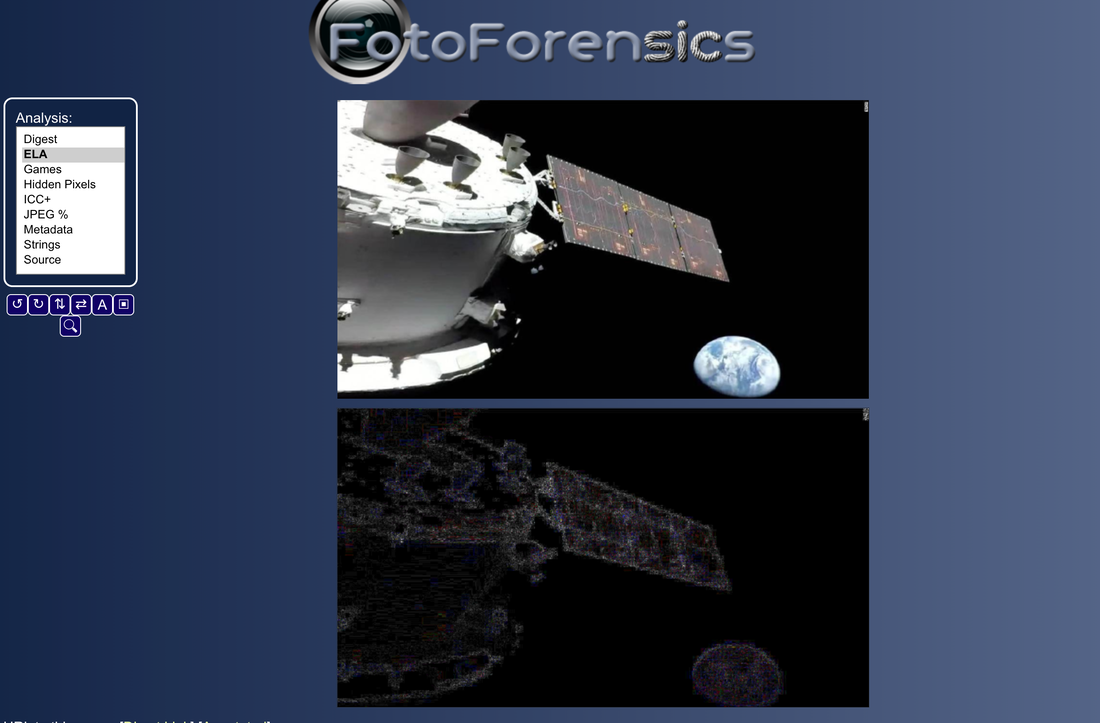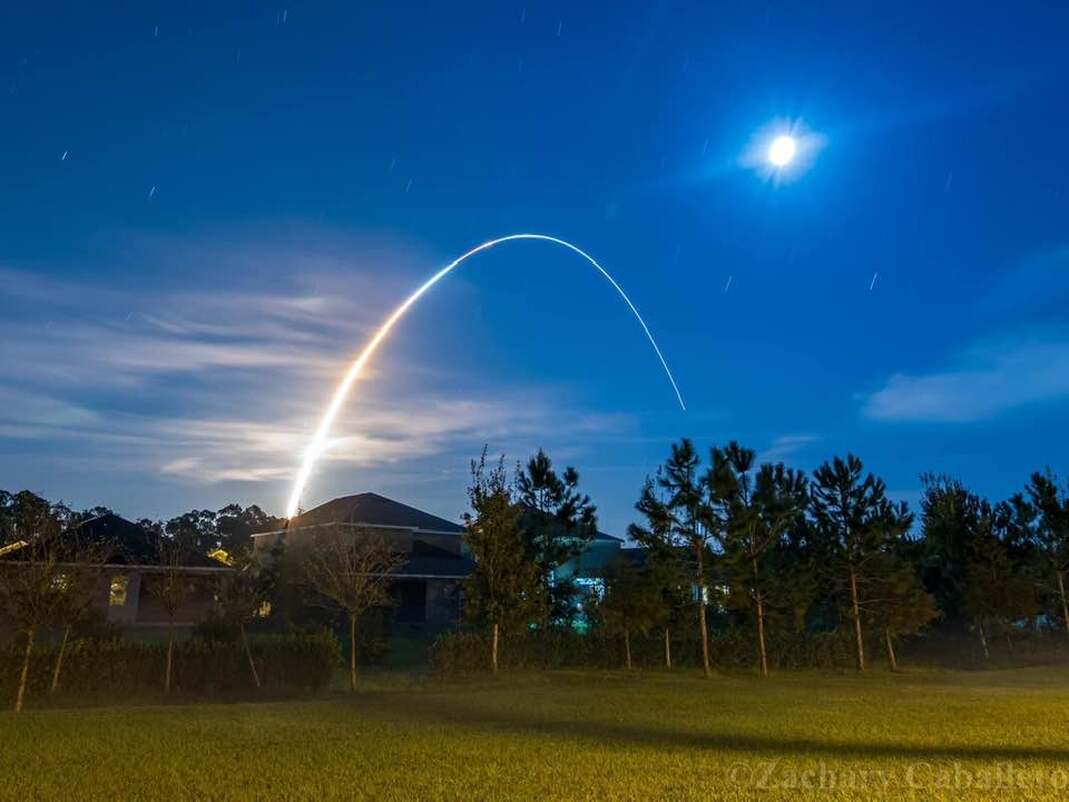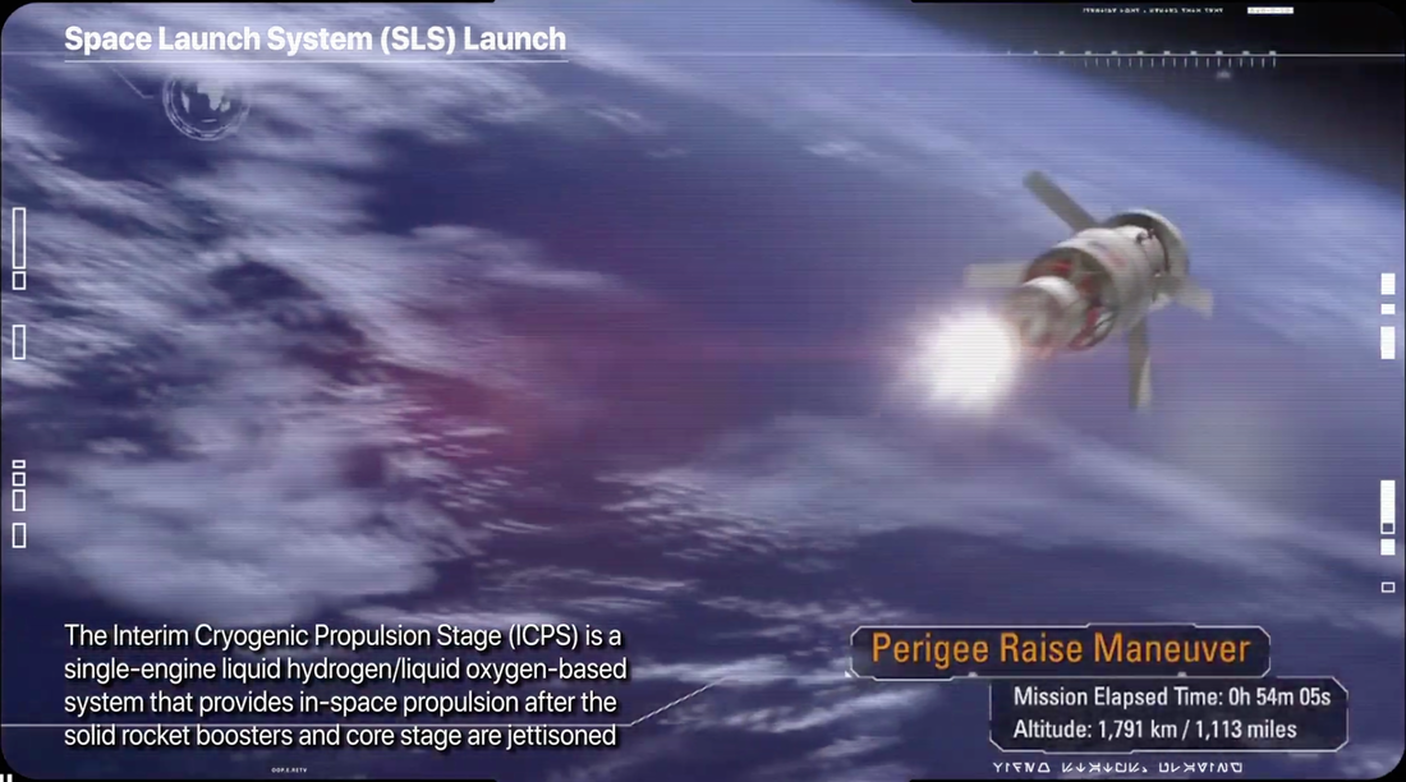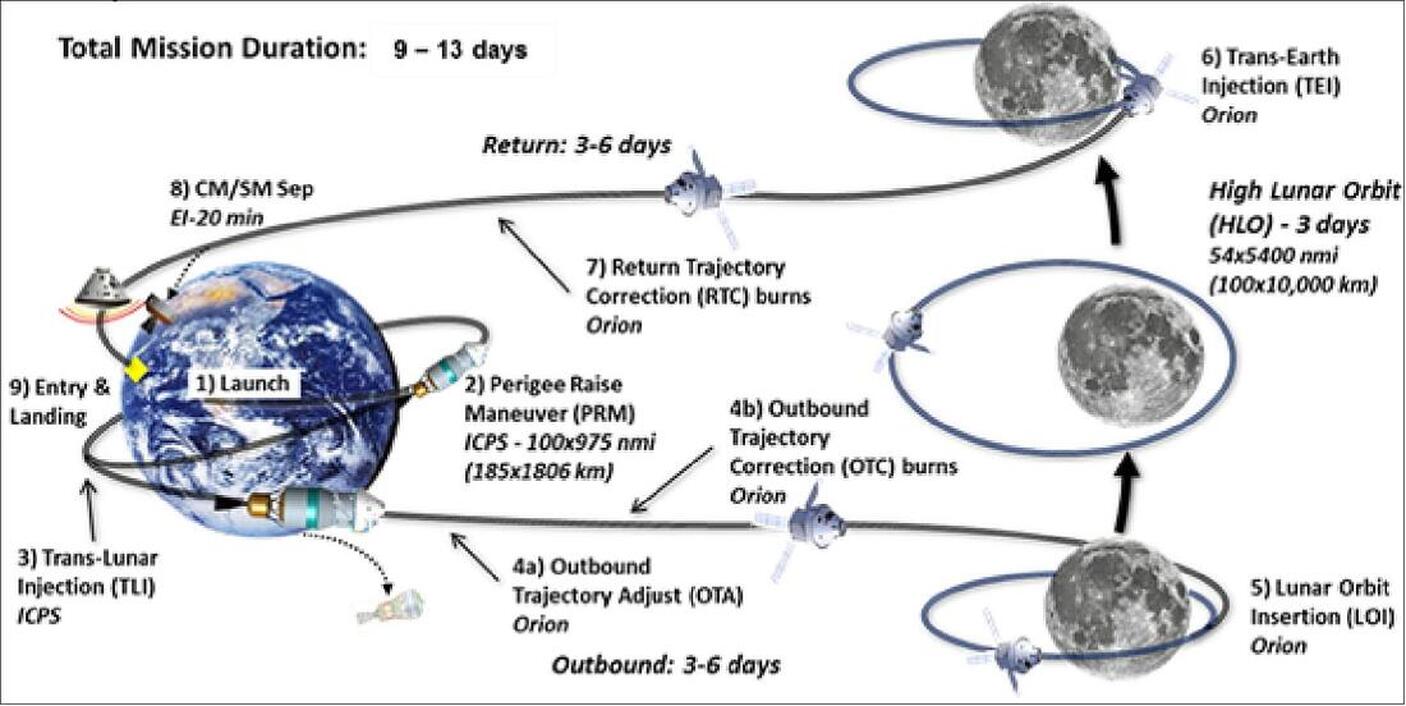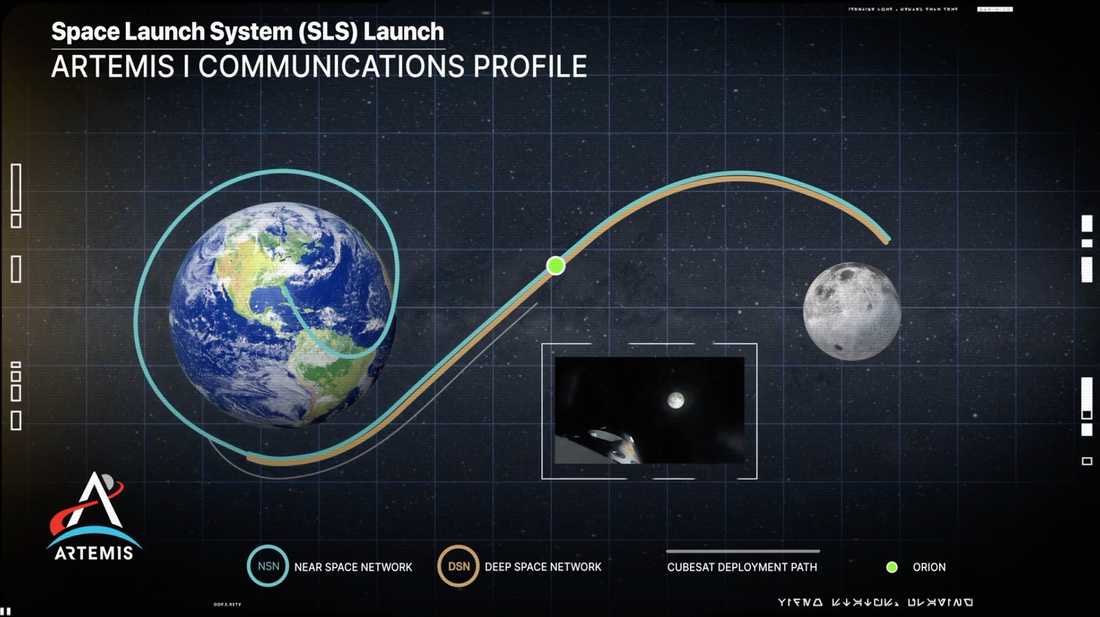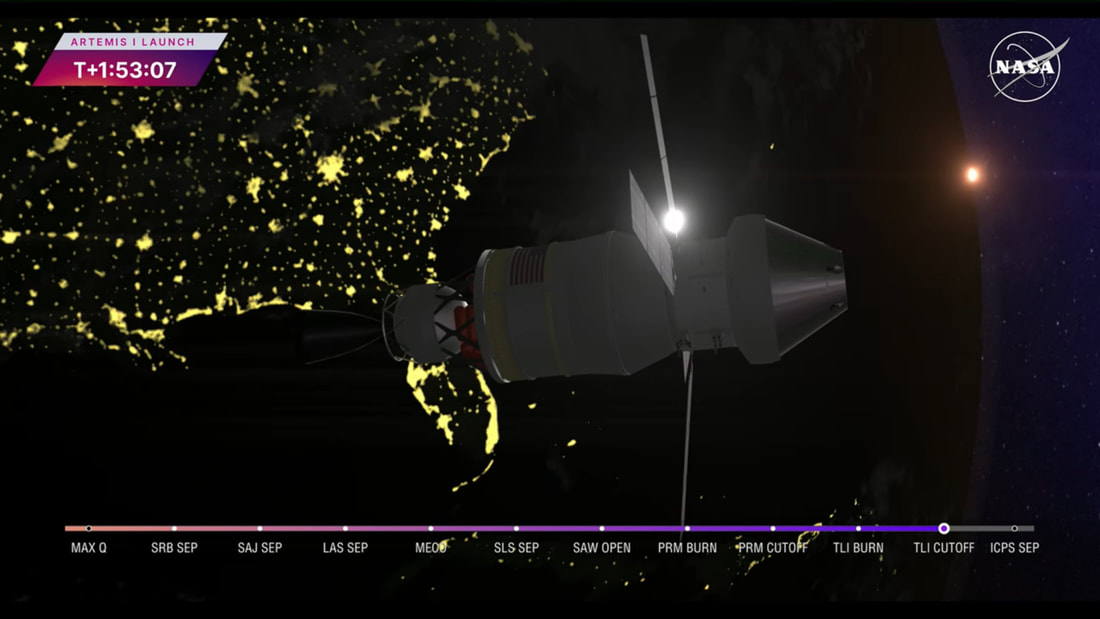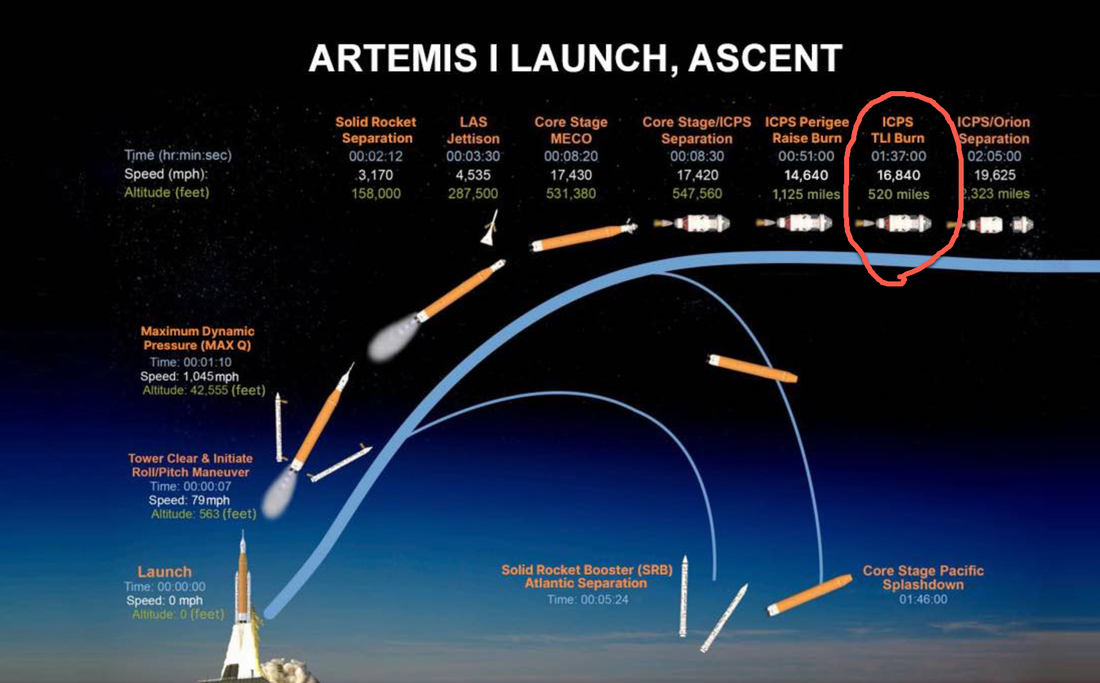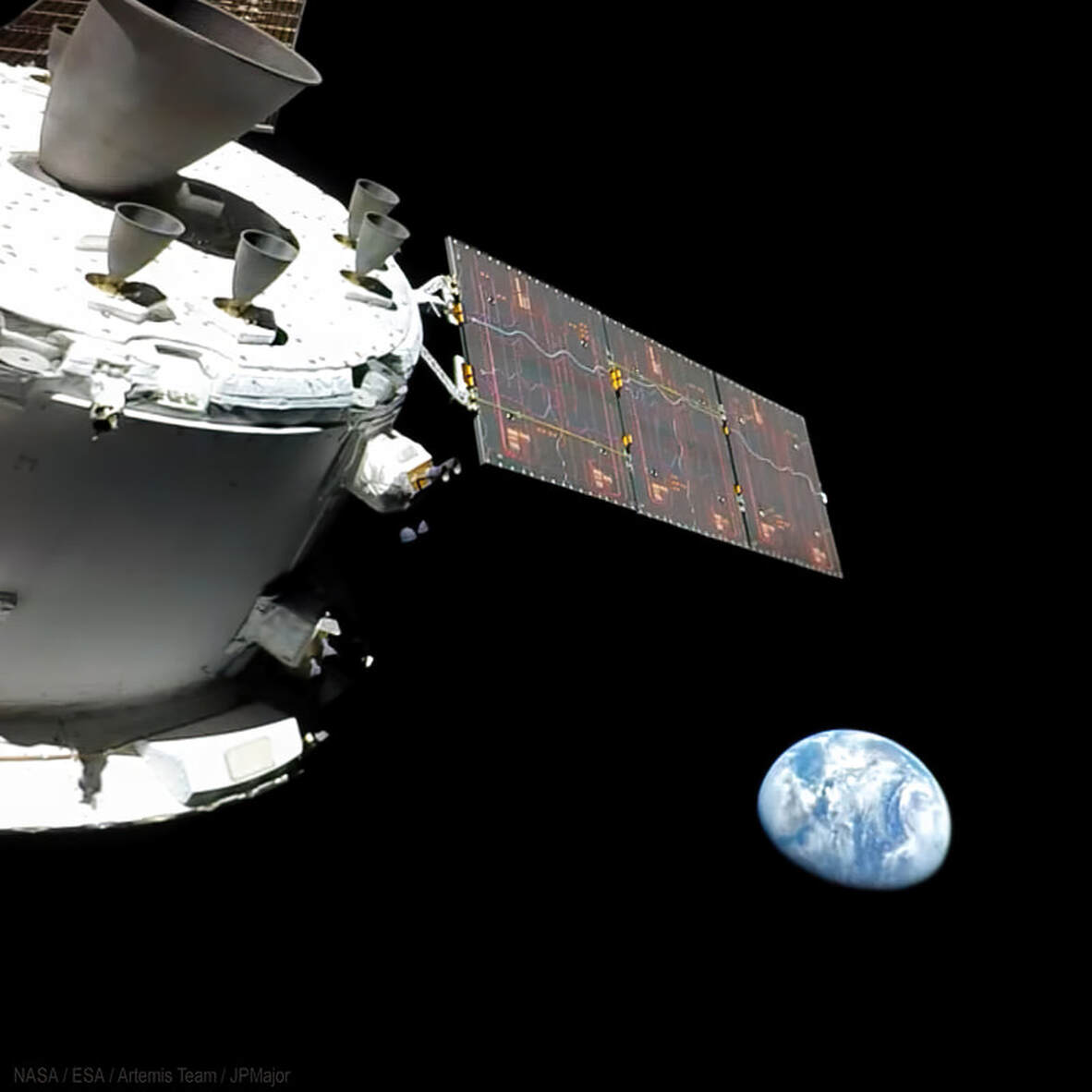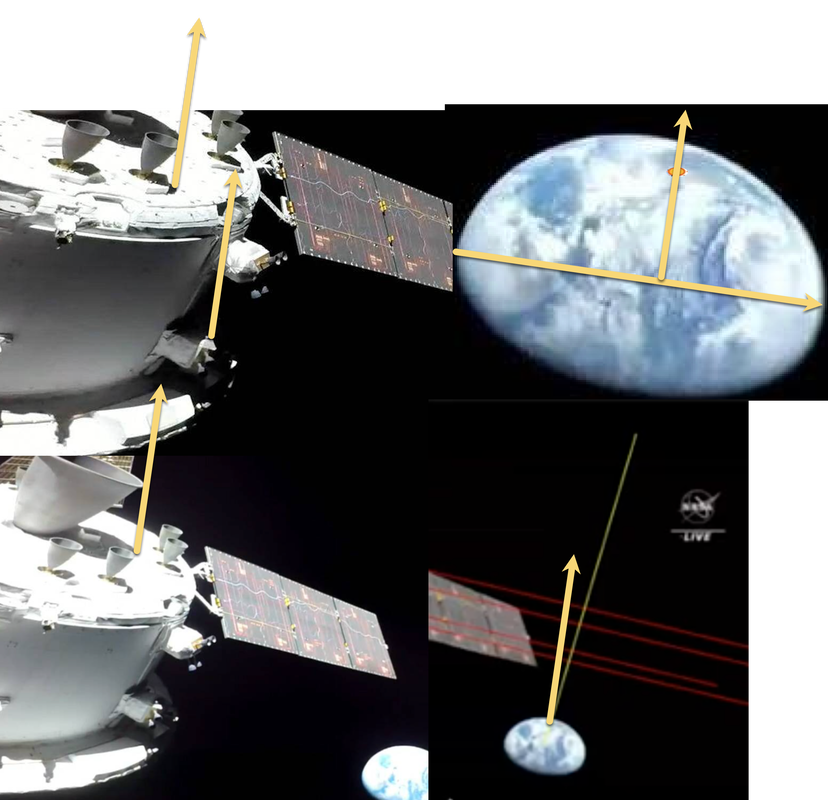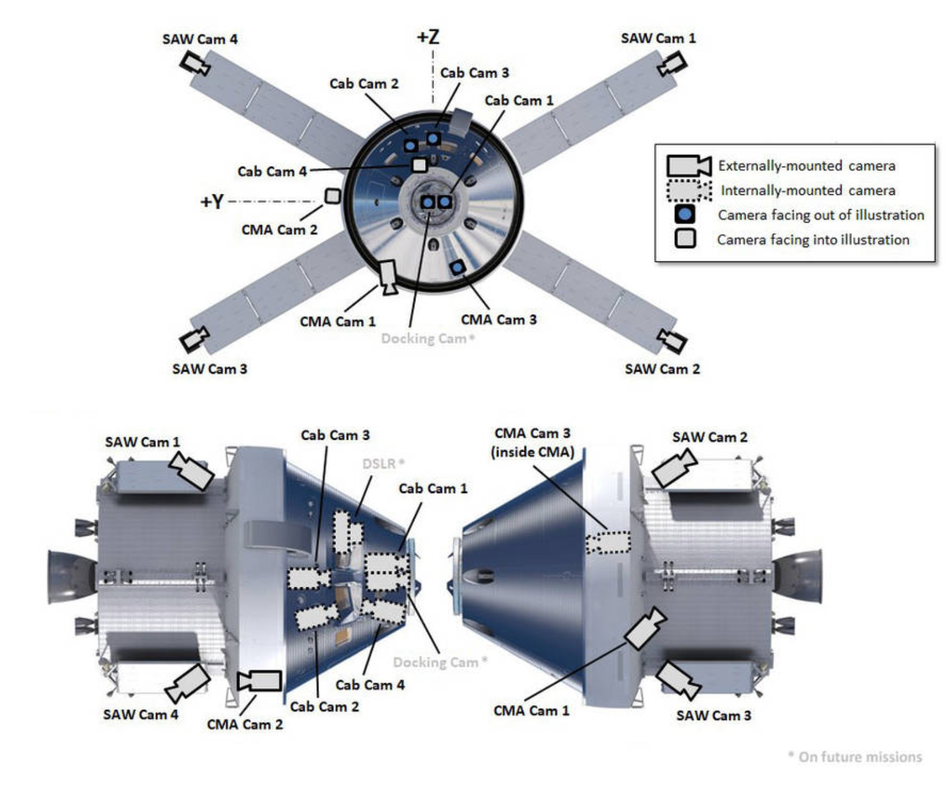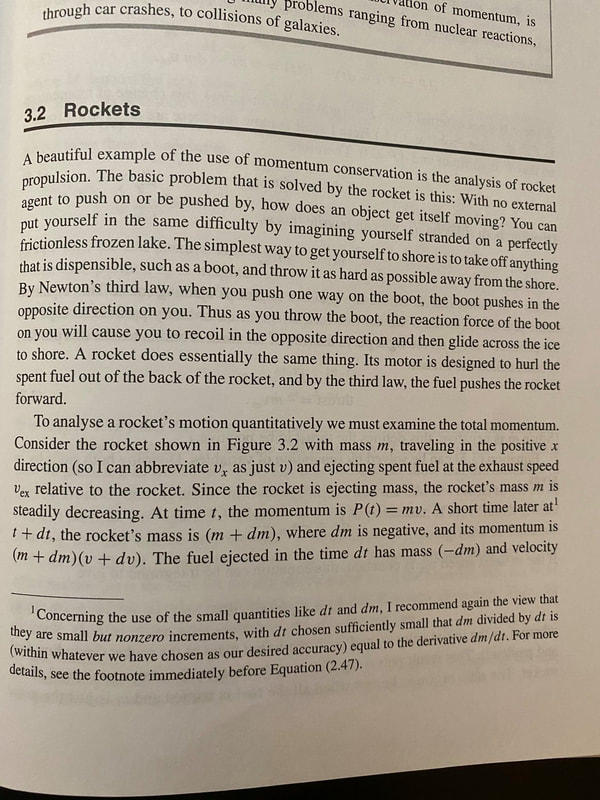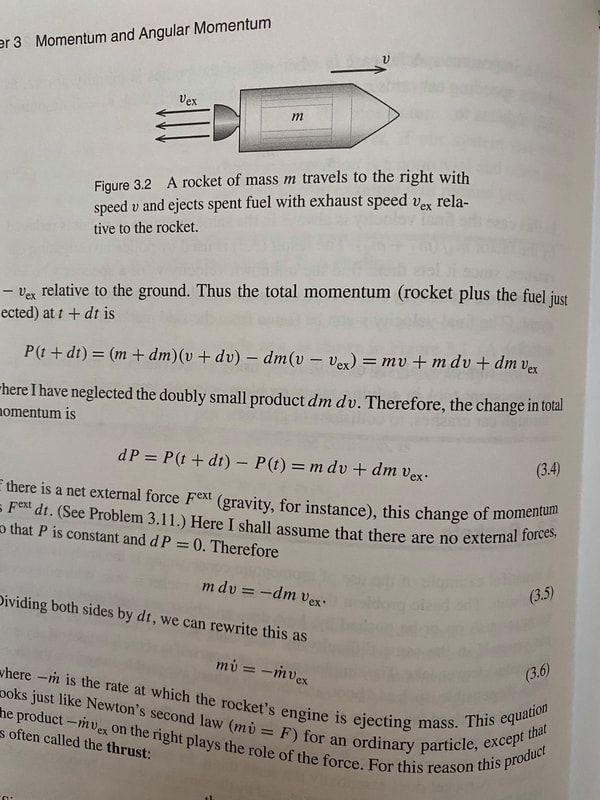On the shadows, it is the effect of perspective on the apparent angle and the fact that the angle of the light on the Artemis craft does not match the angle of the sunlight on the Earth. They seem to forget that parallel lines converge in the distance. Or you can say they diverge as they come towards you. The Earth is not in line with the camera, Artemis and the Sun. Artemis is slightly to the left of the camera. The Earth is way over to the right of camera and way off in the distance. So the sunlight "tracks" here are VERY far apart. So they have a large convergence/divergence due to perspective. Flerfs seem to often claim that all the shadows should be pointing in the same direction. Weird. There are enough in your face examples in real life for them to get the idea. But then I suppose they just go by gut feel and if the brain says parallel lines they don't notice the convergence/divergence going on in each of the 2D images received.
Flat Earth Objections Debunked
1. Parabolic Flight Explained- Did NOT go into the Ocean/Bermuda Triangle
2. It Came Back Around!
3. It's on its way to the moon
4. Shadows Explained
5. No Stars Explained....AGAIN!
1. Parabolic Flight Explained- Did NOT go into the Ocean/Bermuda Triangle
2. It Came Back Around!
3. It's on its way to the moon
4. Shadows Explained
5. No Stars Explained....AGAIN!
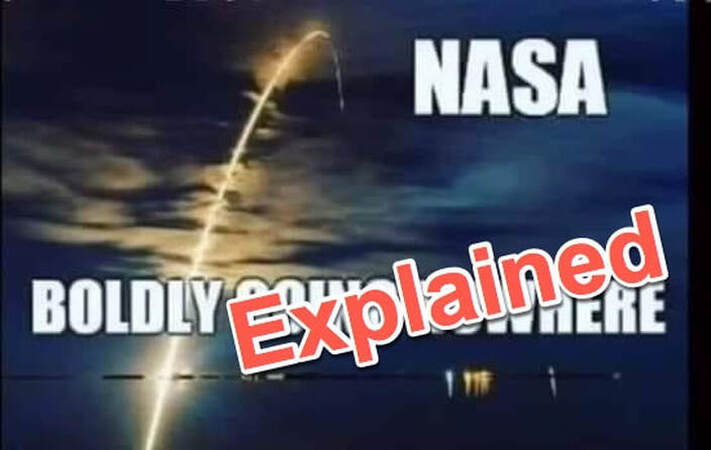
This flight path can be rationally explained:
1) Rocket launches have a curved trajectory because their objective is not only to reach space but also to enter Earth orbit. To achieve it, a spacecraft needs to gain a sufficient horizontal speed, parallel to Earth’s surface.
2) The most efficient way to reach orbit is to initially travel straight up to overcome air resistance, then tilt onto its side and gradually increase this tilt until the rocket is parallel to Earth’s surface.
3) ===> If the rocket launches straight up, it will reach space faster with less energy. But it will not have the required velocity to orbit. The rocket will have to continuously spend energy only to remain up there. Once it runs out of fuel, the rocket will fall back to the Earth very fast. It’s not rocket science.
4) From the vantage point of an observer near the launch location, the rocket will eventually appear to go “down.” It is due to the aforementioned horizontal motion of the rocket: the rocket does not go only up, but also away. The perspective effect also contributes to the observation: the rocket is going farther, and as it goes farther, it will appear closer and closer to the horizon.
5) And last but not least, the rocket follows Earth’s surface, which is curved. The rocket will eventually disappear below the horizon, just like a ship traveling away will start disappearing from the bottom first.
1) Rocket launches have a curved trajectory because their objective is not only to reach space but also to enter Earth orbit. To achieve it, a spacecraft needs to gain a sufficient horizontal speed, parallel to Earth’s surface.
2) The most efficient way to reach orbit is to initially travel straight up to overcome air resistance, then tilt onto its side and gradually increase this tilt until the rocket is parallel to Earth’s surface.
3) ===> If the rocket launches straight up, it will reach space faster with less energy. But it will not have the required velocity to orbit. The rocket will have to continuously spend energy only to remain up there. Once it runs out of fuel, the rocket will fall back to the Earth very fast. It’s not rocket science.
4) From the vantage point of an observer near the launch location, the rocket will eventually appear to go “down.” It is due to the aforementioned horizontal motion of the rocket: the rocket does not go only up, but also away. The perspective effect also contributes to the observation: the rocket is going farther, and as it goes farther, it will appear closer and closer to the horizon.
5) And last but not least, the rocket follows Earth’s surface, which is curved. The rocket will eventually disappear below the horizon, just like a ship traveling away will start disappearing from the bottom first.
In comments on Red’s video Of this launch AstronomyLive mentioned that he was able to capture Artemis 1 going over head on its first orbit as well. Before it did the burn to take it to the Moon. Explain that flerfs.
It came back around , Astronomy live tracked the Artemis Orion as it came all the way around and continued to track it up into space in his livestream.
https://www.youtube.com/watch?v=2JTwmhkpl_8
It came back around , Astronomy live tracked the Artemis Orion as it came all the way around and continued to track it up into space in his livestream.
https://www.youtube.com/watch?v=2JTwmhkpl_8
Orbit, which is why I was able to capture it as it emerged into sunlight one orbit later, just after it completed the TLI burn that sent it towards the moon.
TLI = trans lunar injection burn for getting momentum to the moon.
I had eyes on it, not only as it went over the curve of the horizon but also as it came back around one orbit later and I had eyes on it again this morning. Are you going to accept my offer to let you use my equipment to track it in space yourself?
TLI = trans lunar injection burn for getting momentum to the moon.
I had eyes on it, not only as it went over the curve of the horizon but also as it came back around one orbit later and I had eyes on it again this morning. Are you going to accept my offer to let you use my equipment to track it in space yourself?
Astronomy live not only captured the Artemis Orion one orbit after launch, just after the TLI burn sent it on its way towards the moon.
HE ALSO captured it again this morning about halfway to the moon yesterday Morning
Shadows
If you tilt the spacecraft axis with respect to the sunlight correspondingly, you can get any shadow you want. How do you know that the spacecraft axis is parallel to the light rays? The spacecraft axis is obviously tilted to the right slightly which produces the shadows we see.
And by the way, this image seems to be vertically compressed. I found one that is higher and shows less distortion. The earth looks much less vertically compressed there. And there seems to be a slight barrel distortion, which makes parallel light rays curved. And perspective lets parallel light rays converge or diverge, depending where the sun is in the image.
You should know the OMS, or Orbital Maneuvering Subsystem rocket and others are gimballed for vectored thrust. It looks crooked because it is, it can move up to 8° from square to the spacecraft in a complete circle.
It's not CGI.
If you tilt the spacecraft axis with respect to the sunlight correspondingly, you can get any shadow you want. How do you know that the spacecraft axis is parallel to the light rays? The spacecraft axis is obviously tilted to the right slightly which produces the shadows we see.
And by the way, this image seems to be vertically compressed. I found one that is higher and shows less distortion. The earth looks much less vertically compressed there. And there seems to be a slight barrel distortion, which makes parallel light rays curved. And perspective lets parallel light rays converge or diverge, depending where the sun is in the image.
You should know the OMS, or Orbital Maneuvering Subsystem rocket and others are gimballed for vectored thrust. It looks crooked because it is, it can move up to 8° from square to the spacecraft in a complete circle.
It's not CGI.
Stars are not visible Excuse...AGAIN!!!
In many pictures taken from space, stars are not visible, even with a dark sky. The reason is that stars are very dim compared to the primary object in the pictures. If the camera is set to take a correctly exposed image of an object that is much brighter than the stars, then the stars would not be visible in the picture. The same thing would happen everywhere, in space, or on the surface of the Earth.
Flat-Earthers often take the lack of stars as fakery. They are wrong. This is simply a limitation of any camera.
If the left picture is taken using the exposure of the right picture, the Earth would appear as bright white and no longer resemble the Earth we know. On the other hand, if the right picture is taken using the exposure of the left picture, the camera wouldn’t be able to gather enough light, and everything will appear pitch dark.
In many pictures taken from space, stars are not visible, even with a dark sky. The reason is that stars are very dim compared to the primary object in the pictures. If the camera is set to take a correctly exposed image of an object that is much brighter than the stars, then the stars would not be visible in the picture. The same thing would happen everywhere, in space, or on the surface of the Earth.
Flat-Earthers often take the lack of stars as fakery. They are wrong. This is simply a limitation of any camera.
If the left picture is taken using the exposure of the right picture, the Earth would appear as bright white and no longer resemble the Earth we know. On the other hand, if the right picture is taken using the exposure of the left picture, the camera wouldn’t be able to gather enough light, and everything will appear pitch dark.
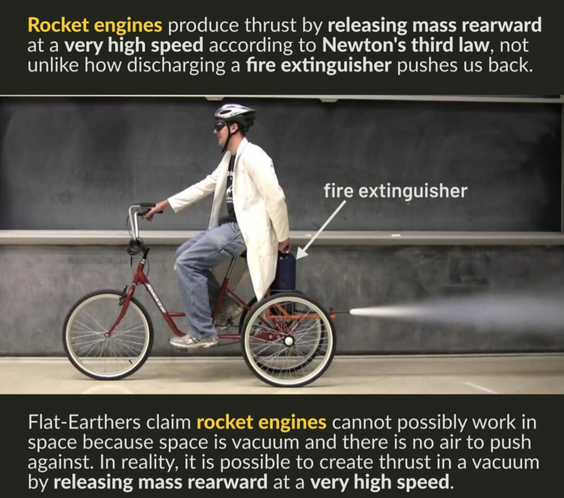
**Rocket Science Explained**
For some reason, flat earthers think rockets are impossible because of the lack of air in space. But rocket propulsion is totally different than traditional airplane turbine propulsion, hence the confusion.
Rockets propulsion in space behave according to Isaac Newton's third law of motion which is also the conservation of momentum: Every action produces an equal and opposite reaction.
When a rocket shoots fuel out one end, this propels the rocket forward — no air is required. The EJECTED fuel causes an equal and opposite force in space which is called the thrust. And to ignite the fuel rockets come with a liquid oxygen tank or some oxidizer so that is factored in too.
I did a demonstration when I taught physics at a community college.
I came to class on rollerblades with a heavy ball and demonstrated this. When I THREW the heavy ball, I was propelled backward in the opposite direction. In this analogy the ball is the ejected fuel and I am the rocket. You don't need anything external to push on, you don't need air, all you need is to be able to eject a LOT of mass, which is what rockets do wonderfully.
I remember this topic in my Junior college physics course. if you take the time to understand it , it is quite beautiful. Check out attached pages from Junior level Classical Mechanics textbook. It is really not that hard to understand.
For some reason, flat earthers think rockets are impossible because of the lack of air in space. But rocket propulsion is totally different than traditional airplane turbine propulsion, hence the confusion.
Rockets propulsion in space behave according to Isaac Newton's third law of motion which is also the conservation of momentum: Every action produces an equal and opposite reaction.
When a rocket shoots fuel out one end, this propels the rocket forward — no air is required. The EJECTED fuel causes an equal and opposite force in space which is called the thrust. And to ignite the fuel rockets come with a liquid oxygen tank or some oxidizer so that is factored in too.
I did a demonstration when I taught physics at a community college.
I came to class on rollerblades with a heavy ball and demonstrated this. When I THREW the heavy ball, I was propelled backward in the opposite direction. In this analogy the ball is the ejected fuel and I am the rocket. You don't need anything external to push on, you don't need air, all you need is to be able to eject a LOT of mass, which is what rockets do wonderfully.
I remember this topic in my Junior college physics course. if you take the time to understand it , it is quite beautiful. Check out attached pages from Junior level Classical Mechanics textbook. It is really not that hard to understand.
5.75 million pounds
9 million points of thrust
322 feet tall.
Most powerful rocket ever built by NASA
Launched 1:47 am this morning November 16th
First Human Rated Spacecraft capturing Images of earth since 1972
57,000 miles up
9.5 hours in
9 million points of thrust
322 feet tall.
Most powerful rocket ever built by NASA
Launched 1:47 am this morning November 16th
First Human Rated Spacecraft capturing Images of earth since 1972
57,000 miles up
9.5 hours in

